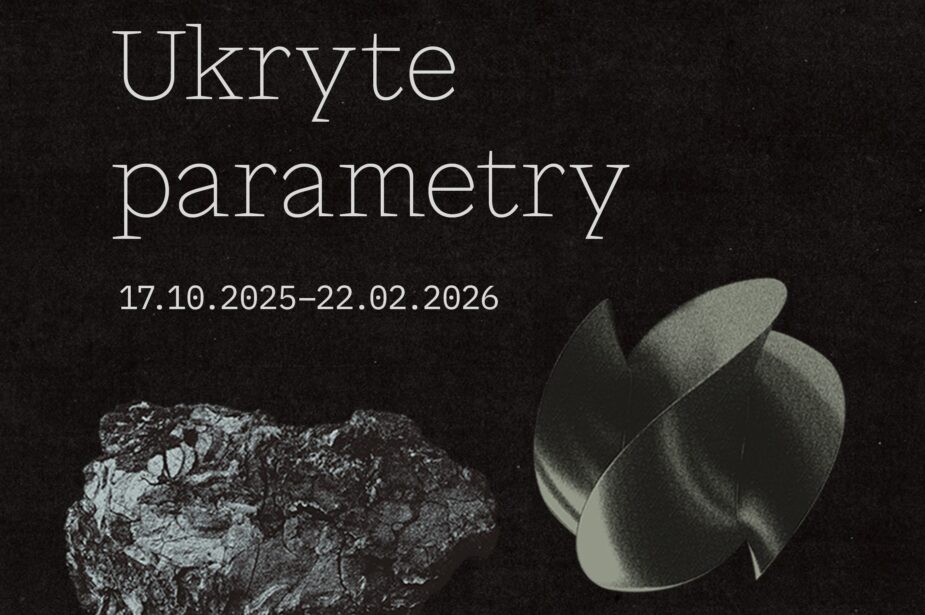
Hidden Parameters
The exhibition “Hidden Parameters” was conceived as a record of the body’s activity, tirelessly collecting, smoothing, weaving, and connecting. It is part of a long-term project in which a group of people experiment with various materials. Using methods derived from craft practices, they also draw on conceptual strategies. The axis of this exchange is an attempt to find tools for testing new forms of feeling and thinking. Situated at the intersection of science, art, and craft, it proves to be part of a remedial program, constructed in response to the environmental challenges we face.
The common denominators of the exhibition are practices based on the use of metaphors related to composting – not only as a strategy of reuse and reflection on the concept of degrowth, but also as a willingness to think with others, to maneuver beyond clear definitions, to accept what is unclear and incomplete, perhaps erroneous or not yet solidified.
Composting can be understood here as a search for alternative ways of describing reality, by reaching out to indigenous, pre-industrial knowledge or looking into the future, towards new models of cooperation assuming the use of speculative tools or biomaterials.
Examples of such activities in the exhibition include giving voice to matter, mapping the effort invested in interacting with it, building an archive of work, strengthening bonds through daily choreographies: collecting, abrading, stitching. This subcutaneous undercurrent, which seems to flow through all the works presented, is accompanied by an attempt to capture and highlight moments when language is loosened, hands are occupied, and the body, focusing on a familiar activity, begins to relax. Thoughts then flow freely, finding space to connect into stories suspended between facts and conjecture, the truth of the material and confabulation.
From this perspective, the objects comprising the exhibition represent a time spent bogged down in attempts to convey guidelines, filtered through body memory, indescribable except through collective action.
The concept of mētis is linked to the state of heightened attention that then emerges. It has been used to describe the body’s dispersed knowledge, based on the ability to subconsciously respond to a system of variables, material dynamics, atmospheric conditions, air pressure, humidity, and wind direction.
Long neglected by philosophers, mētis lay in patient observation, waiting for the right opportunity, and being alert to the signs of change. It was associated
with an openness to delving into matter, adhering to it, and merging with it, which brought a soothing sense of liberation from the vision of separateness and independence.
In the context of knowledge hidden within the body, which defies capture, the hidden parameters appearing in the title transform the objects presented in the exhibition into a collection of forms reminiscent of abandoned shells, skeletal systems, or exudate. The archive of their creation/manufacturing process thus constructed proves to be not only a record of individual working methods but also a research manual, encouraging the unraveling of rigid systems of data organization, the dilution of initial assumptions, and the pursuit of matter.
Marta Lisok
Anna Bera, Huba (Jakub Ciemachowski and Piotr Kołakowski), Agata Marchlewicz, Olga Micińska, Olga Milczyńska/Wiesław Bartkowski, P55 Mirrors (Beata Ludwin and Łukasz Wołek), Rest (Dominika Gacka and Julia Piekarska), Jakub Święcicki, Iza Tarasewicz, Zinaida Tchelidze, Marek Wodzisławski.
Curator: Marta Lisok
Exhibition opening: 17/10/2025, 7:00 p.m.
Exhibition duration: 17/10/2025-22/02/2026